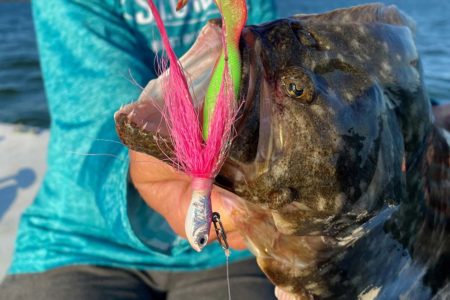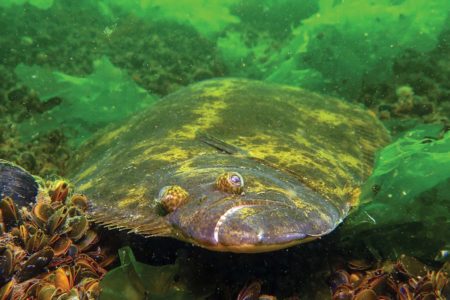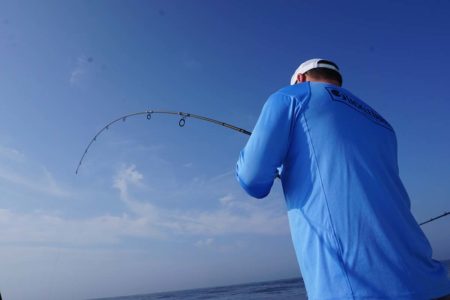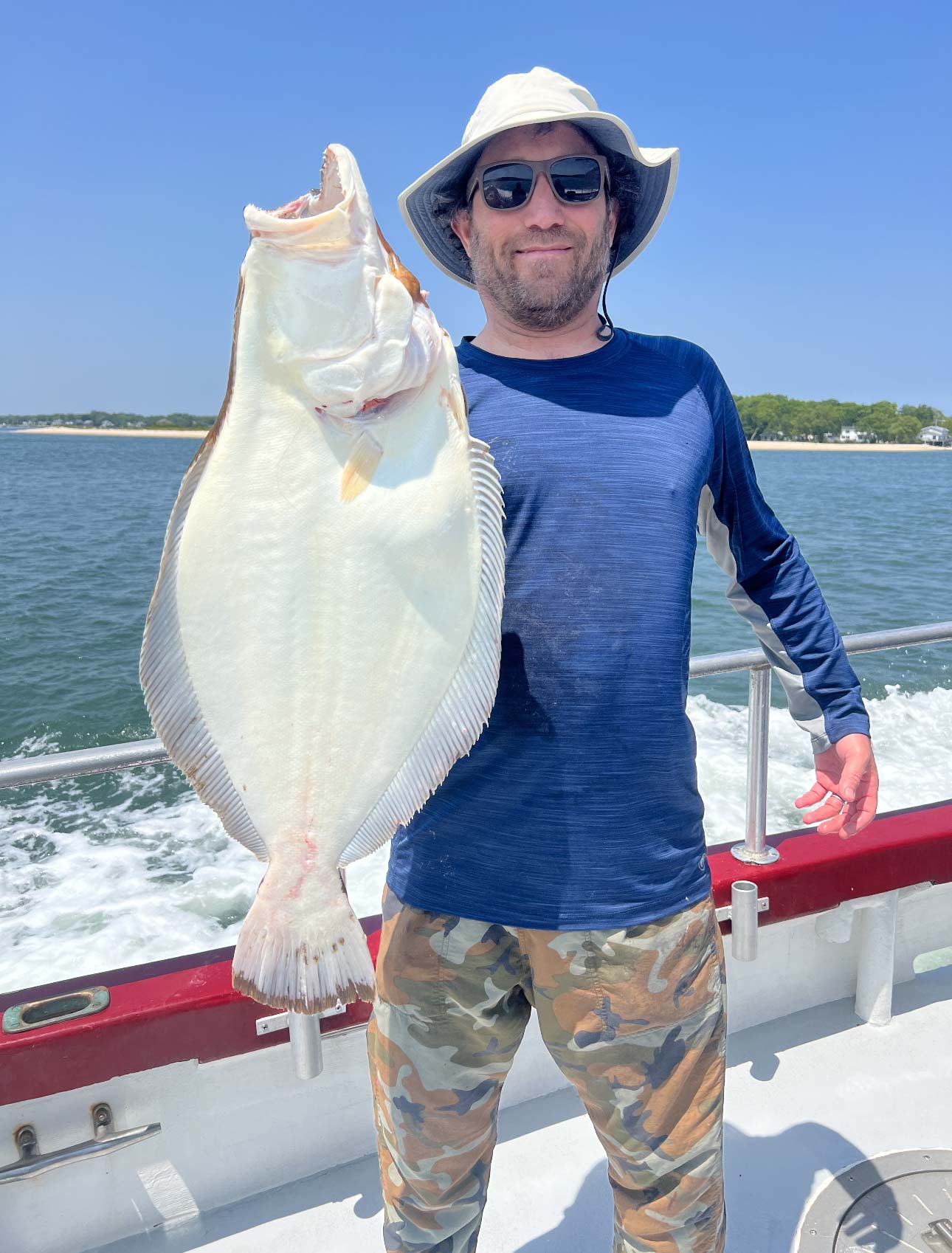
Look to the waters between the north and south forks for good fluke action.
Each May and June, the waters surrounding the Shelter Island area become hunting grounds for big fluke preying and feasting on squid and spearing. Once the forage baitfish drop their eggs (usually by the beginning of July), most move into Gardiners Bay for the remainder of the summer. At the same time, much of the fluke that spent spring inside the Peconic Bay estuaries also take hold in Gardiners Bay, feeding on the myriad of baitfish that spend their summer and fall seasons residing in Gardiners. Most fluke fishermen will also move from the Peconics and stalk their favorite fluke haunts in the pristine waters of Gardiners in search of double-digit fluke.
I’ll be the first to admit that springtime fluke fishing surrounding Shelter Island to Gardiners Bay has dropped off considerably over the past several years. Nonetheless, anglers with enough perseverance often score well at Gardiners. However, many anglers are unaware that many of the big fluke that settle around the Shelter Island area during May and June stick around the area all summer, where local anglers that know where to fish do very well with big flatties without having to deal with the usual high ratio of short fluke in Gardiners Bay. Therefore if you prefer to slam some big flatties in calm sheltered waters, you’ve come to the right place.
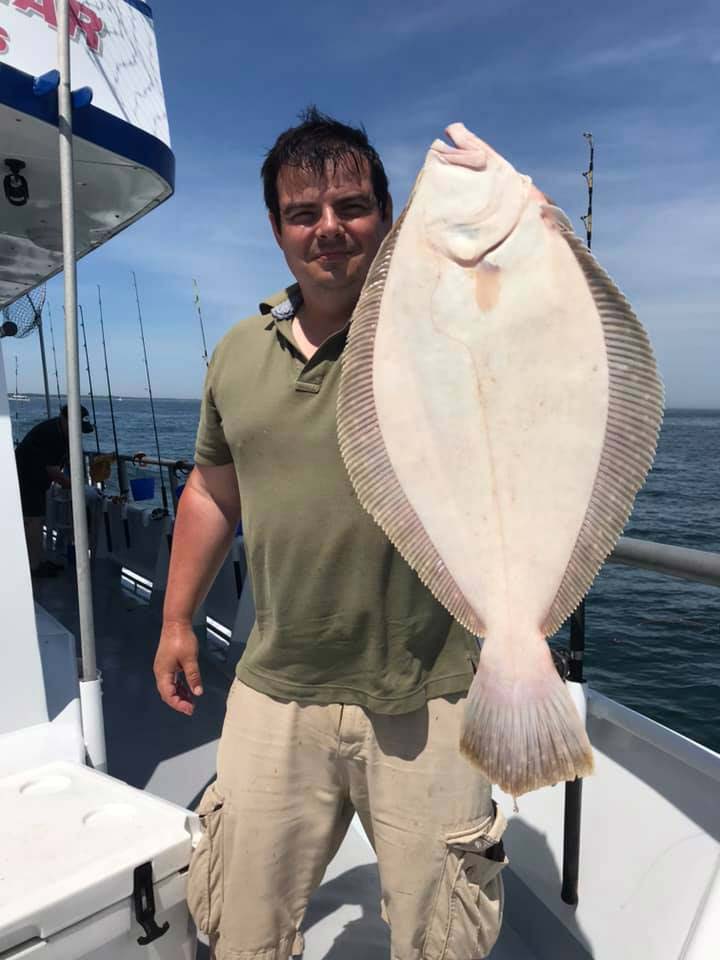
The Hot Spots
There are several spots you can count on for pretty fair fluking surrounding Shelter Island and other solid areas such as the abandoned Oyster Factory, Bugs Light, and Orient Harbor, the area known as the Green Lawns or the Twin Lawns named by the locals located on the west side of Shelter. The name is derived from a pair of mansions that are side by side with identical size and maintained lawns distinguishing their location. Moreover, while the landscape and scenery may be impressive, it is certainly not the reason why anglers cluster around this area each season.
The spring invasion of quality fluke starts here, followed by weakfish, quality scup, and then massive amounts of bluefish to put an end to the quality action for a short period. Once the bluefish stop wreaking havoc by mid to late June by moving into Great Peconic Bay to feast on squid, peanut, adult bunker, chub mackerel, bay anchovies, spearing, sand eels, and whatever else they can get their razor-sharp teeth on, fluke fishing along the west side of Shelter Island is again on the upswing. The action around the Green Lawns in recent summers has actually been better with quality keeper fluke than in the spring. Examining the bellies of the fluke after filleting indicated that baby sand crabs, pin-size porgies, and squid make up the bulk of their diets which is a good reason why the large fluke stick around the area. At the same time, the majority of their smaller siblings head for Gardiners Bay to feast on the smaller forage that are so abundant on the sandy hard bottom. There are quite a few more fluke to catch from Gardiners during July and August, however, the bulk of the flatties will be just shy of legal size. Although the action is not as intense by the Lawns as in the spring, the ratio of keepers to shorts is considerably better, with some double-digit monsters in the area to keep most regulars returning for more.
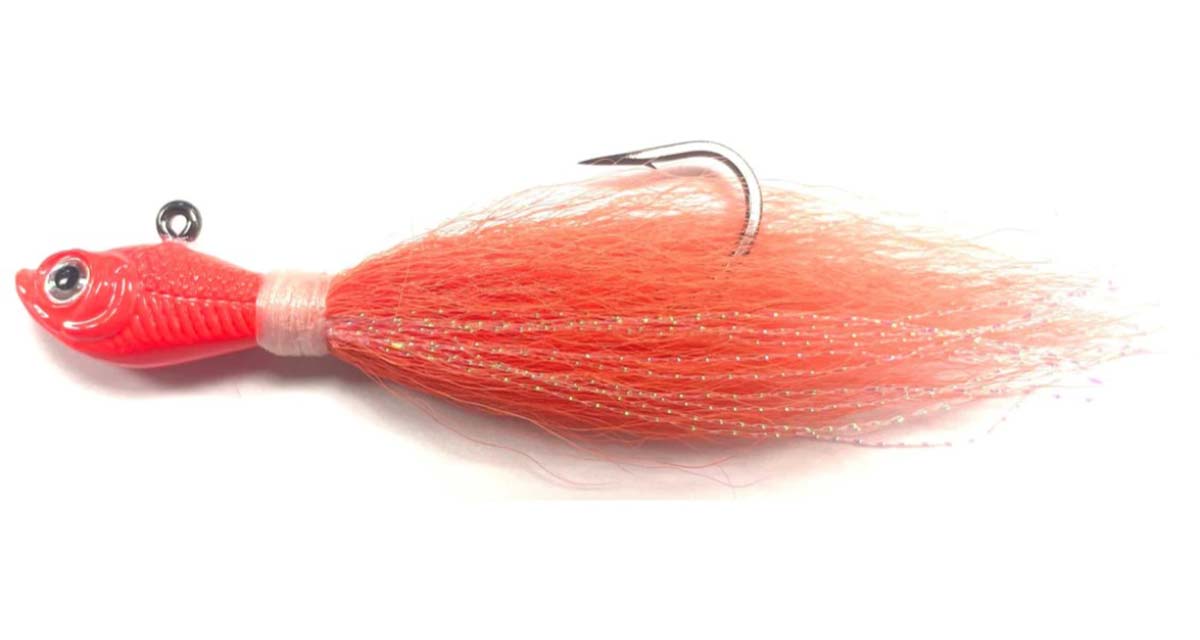
Just The Right Bottom Contour
The bottom contour consists of gravel and sand and some rocks with plenty of hills and slopes between 10 and 60 feet of water depth that many baits are attracted to, keeping the fluke from going anywhere far. Strangely enough, there are tidal clashes along the bottom in some spots, meaning the current comes from opposite directions in some areas. These are the pieces of structure from which all those flatties of 10 pounds or better are plucked. You know you’re going over one of these clashes when the boat suddenly does a spin while you’re drifting, or the drift slows to a crawl.
Several years back, when I was mate for Captain Jim House of the charter boat the Coyote (now owned and operated by Captain Ron LaJada and his son), Captain Jim would power drift over the clashes, and I wish I had a buck for every doubleheader I netted including a pair of 10-pounders at the same time. Imagine the talk and excitement around the boat that morning at the Green Lawns when I netted the pair of 10-pounders. Captain Jim was probably the most excited. When you locate one or two of these clashes, repeat your drifts often, as this particular habitat forces most feeble baitfish to become disorientated right into the hungry mouth of a big fluke. Be sure to mark these spots with your GPS to repeat your drifts and for future reference. I strongly suggest to power drift over these grounds cruising between 1-1/2 to 2 knots — no slower or faster for optimal results.
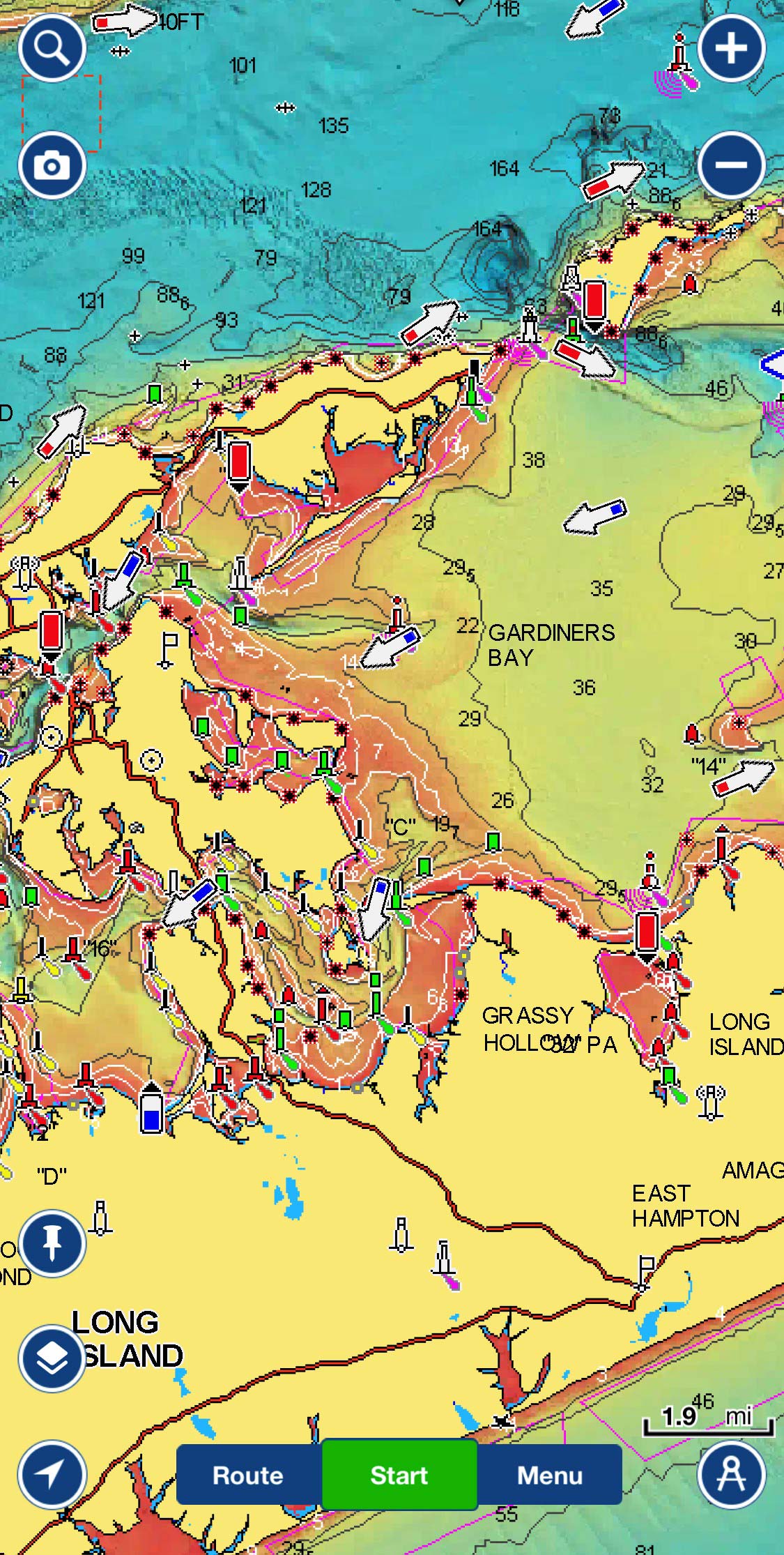
Keeping Close With Your Rod, Reels, And Line
Another key factor is the sensitivity of the rod and reel combo. Try keeping the rod as light as you can to get a better feel for the fish. It can be difficult to distinguish a player fluke from the bottom since the gravel will cause the rod tip to bounce, equivalent to how a big fluke may strike from the area.
| SQUID IS THE DRAW |
| In spite of its ideal habitat, water depths and an abundance of bait, squid is the main draw as a big fluke cannot resist a whole live squid. Fresh, never frozen squid is second best and is almost always available every day in the spring and summer at Wego’s Bait and Tackle right in Southold. The pink California squid is works too but my advice is to stick with the local fresh squid and look at the quality of flatties in the cooler by day’s end. |
Outfits in the 10 to 20-pound class are ideal, provided they can handle sinkers and jigs to 10 ounces if necessary. Speaking of outfits, my favorite for the area is the Lamiglas Tri-Flex Series, matched to a Daiwa Sealine filled with Spro’s 20-pound ultra-smooth Finesse Braid. The Lami stick is lightweight, with a whole lot of backbone power to crank even the most stubborn fluke off the bottom. The 20-pound braid has the diameter of 6-pound mono, which is beneficial while the current is cranking. A word of wisdom with braid; unless you plan to fish with pre-tied rigs or tied to a three-way swivel, I suggest tying on a shock leader via an Albright knot with 6 to 8 feet of 30-pound Spro Finesse fluorocarbon. The Spro fluorocarbon does an excellent disappearing act underwater and can withstand abrasions drifting across the rocks better than mono leaders.
As for technique, eventually, you’ll get a feel for the difference between the fluke and the bottom, as the bigger fish will usually tap the bait the lightest. Once you have detected the light taps, gently lift the rod tip up, feeling for resistance. A solid hook set should get your heart pumping if it feels solid with no resistance or tapping. Drop back on the line if the bite is subtle, and it feels like the fluke is toying more than eating. More often than not, it’s only a matter of time before that fish becomes convinced to grab it.
Rigs And Jigs
Fluke rigs can be as complex or as simple as you wish to make them. You can’t go wrong with the standard Plain Jane rig. As for those with all those bells and whistles, some of them do a fine job scaring jumbo fluke, while others do a great job of nailing shorts or keepers on the small side. While the rig I favor is no secret and known as a Christmas Tree Rig, it is incredibly effective repeatedly under normal drifting conditions during fluke season.
First, I’ll tie an 8-foot leader of 40-pound fluorocarbon via an Albright Knot to the braid. Next, on the other end of the leader, I will slip a 3/8-ounce Glow Spro Bucktail or Spro Glow Squid Tail approximately 2 feet up the leader and work it inside of a Dropper Loop. I’ll repeat the process with another 3/8-ounce Spro jig approximately a foot below the top jig. At the end of the leader, I will employ either a 3 or 4-ounce Spro Bucktail or a 6 or 8-ounce Spro Prime Bucktail, depending on the speed of the drift or water depth. If conditions permit you to go lighter on the bottom jig, then, by all means, do so. If it takes more than 8 ounces to bounce along the bottom, then you’ll need to slow the drift up via a sea anchor or wait to fish another day. Spro now manufactures some great 4-inch single and double Eel Tails with life-like action when reeling in or jigging on Spro Prime Bucktails or plain jigheads with very durable material that draws the flatties right to the entire lure with their unique flavor.
If you want to try something else that might match the profile of a squid even more, take a look at the Squidtrex from Nomad. This matches the profile of a squid perfectly and when jigged, offers additional action that most other lures will not.
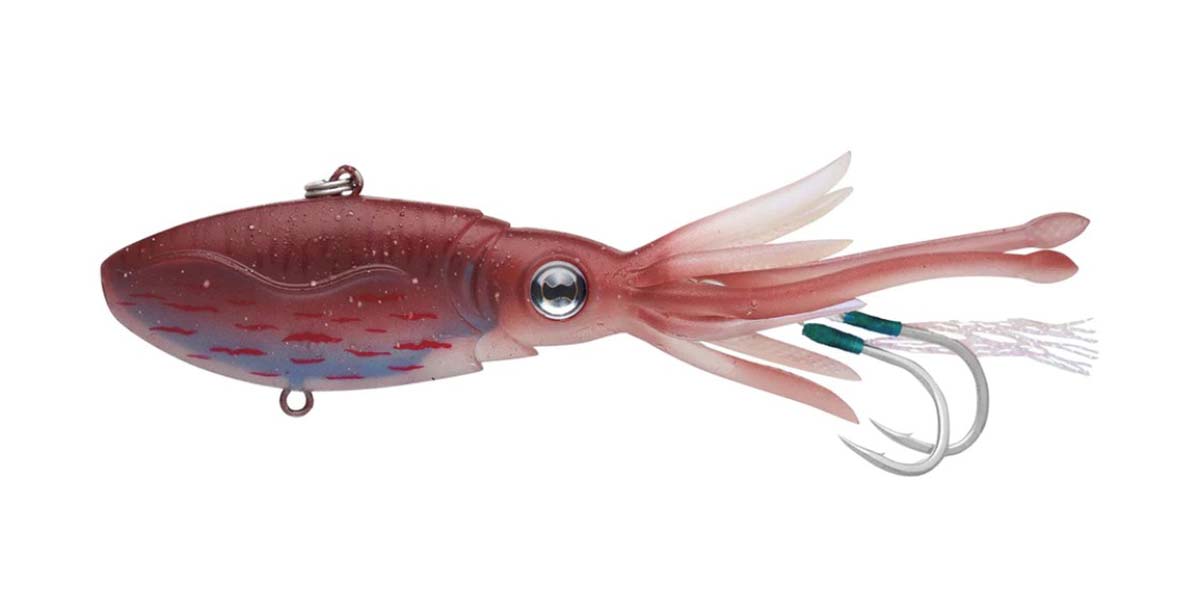
Feed Them Live Or Fresh
If you prefer using real meat, long thin strips of a freshly filleted fluke, either the white or dark side, have a long and proven record. Remember that if you are to strip down a freshly caught fluke, it must come from your bag limit, and the rack and one side of the flesh must remain intact should a DEC Officer board you. If you prefer not to part with your bag limit, long strip baits from a freshly caught sea robin or bluefish belly work very well also. If you can obtain fresh tinker mackerel or squid, you have some real fluke candy to play with. If you are willing to devote some time, you may want to jig up some live bait firsthand using a Sabiki Rig. Many times tinker mackerel, small herring, and squid will greedily accept the fish skins rigs making for some primo bait. When you do catch the live stuff, I strongly suggest placing a few in the live well at a time. This will keep them healthy and frisky. With live baits such as mackerel, herring, shad, and bunker, circular bait wells fare much better than the square since the circles will keep the bait moving and oxygenated water flowing through their gills.
The next time you think of big fluke, consider these areas between the forks. You increase your chances at a double-digit fluke and have a good shot at some quality weakfish and platter-sized porgies to spice things up. As always, show your sportsmanship, stay within the current regulations’ confines, and practice self-restraint.

